A new study reveals that chemotherapy-induced nerve pain arises from a stress response in immune cells that triggers inflammation and neurotoxicity.


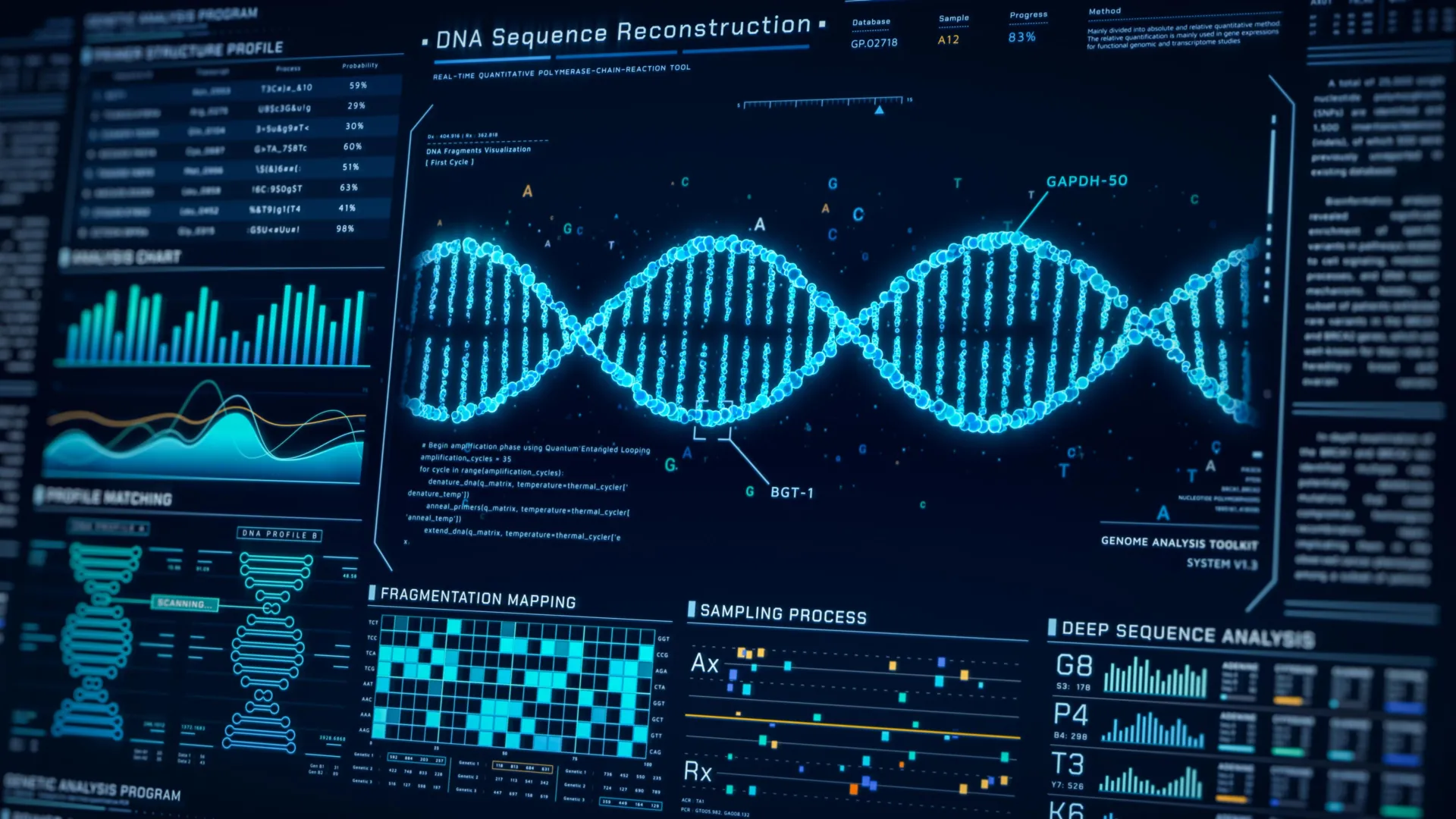
ETH Zurich scientists have created “MetaGraph,” a revolutionary DNA search engine that functions like Google for genetic data. By compressing global genomic datasets by a factor of 300, it allows researchers to search trillions of DNA and RNA sequences in seconds instead of downloading massive data files. The tool could transform biomedical research and pandemic response.
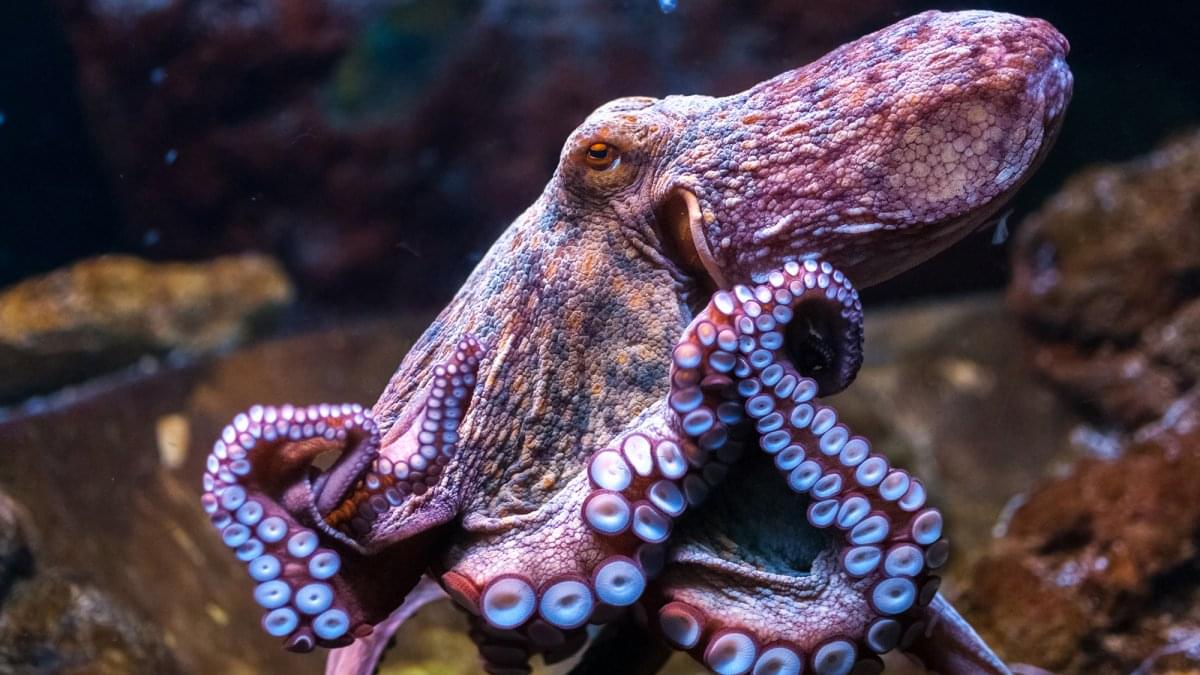


“don’t try to read the glyphs”. Yes, Gemini is pretty dyslexic. Grok Imagine is a little better but I often have to fix 2 or 3 letters on something from Grok that has 20 words, etc.
Removing watermarks no longer needs hours. With WatermarkRemover.io, you can remove watermarks in seconds without any editing or touch-ups, preserving image quality. All of it without a sign-up or subscription fee.
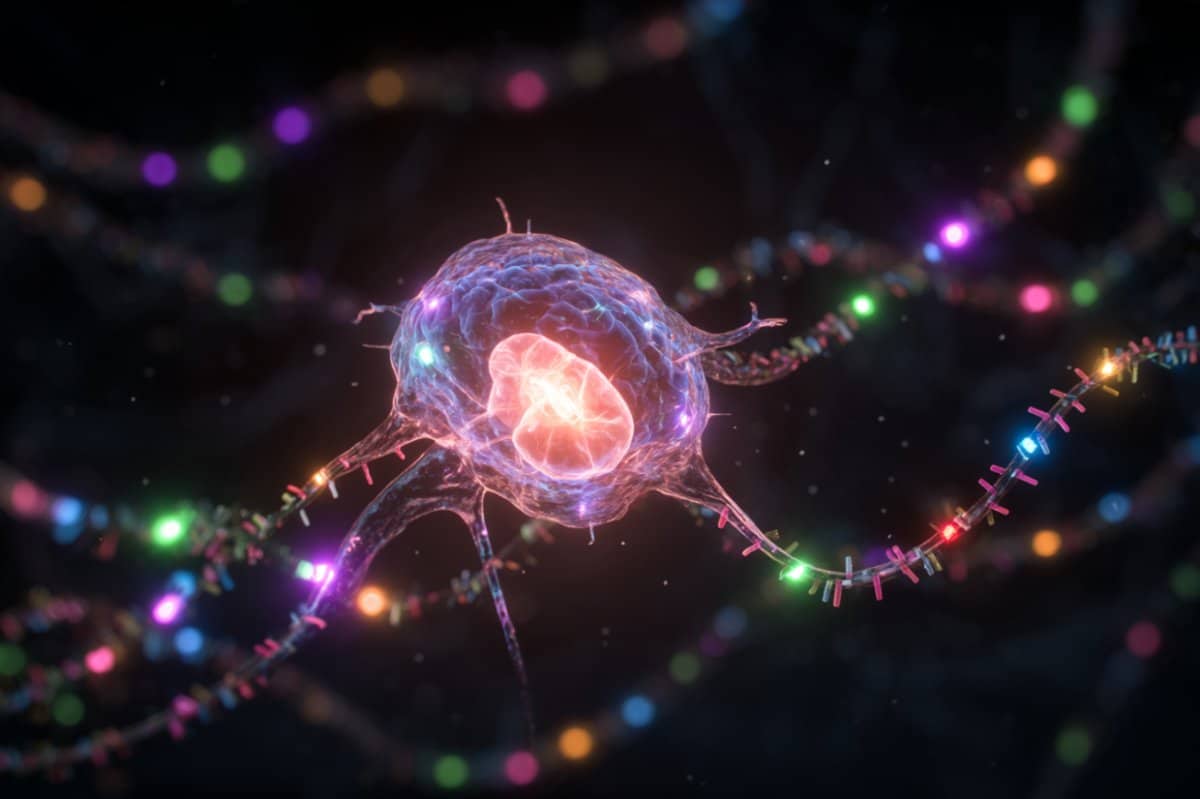

“The ability to resolve the Gulf Stream and its dynamics properly, has been an open challenge for many years in oceanography,” said Dr. Ashesh Chattopadhyay.
How can AI be used to predict ocean forecasting? This is what a recent study published in the Journal of Geophysical Research Machine Learning and Computation hopes to address as a team of researchers investigated how AI can be used to predict short-and long-term trends in ocean dynamics. This study has the potential to help scientists and the public better understand new methods estimating long-term ocean forecasting, specifically with climate change increasing ocean temperatures.
For the study, the researchers presented a new AI-based modeling tool for predicting ocean dynamics for the Gulf of Mexico, which is a major trade route between the United States and Mexico. The goal of the tool is to build upon longstanding physics-based models that have traditionally been used for predicting ocean dynamics, including temperature and changes in temperature.
In the end, the researchers found that this new model demonstrates improved performance in predicting ocean dynamics, specifically for short-term intervals of 30 days, along with long-term intervals of 10 years. The team aspires to use this new tool for modeling ocean dynamics worldwide.

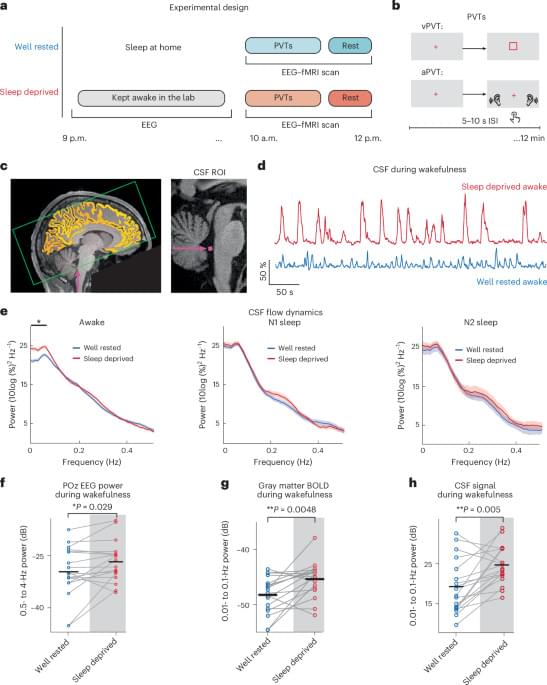
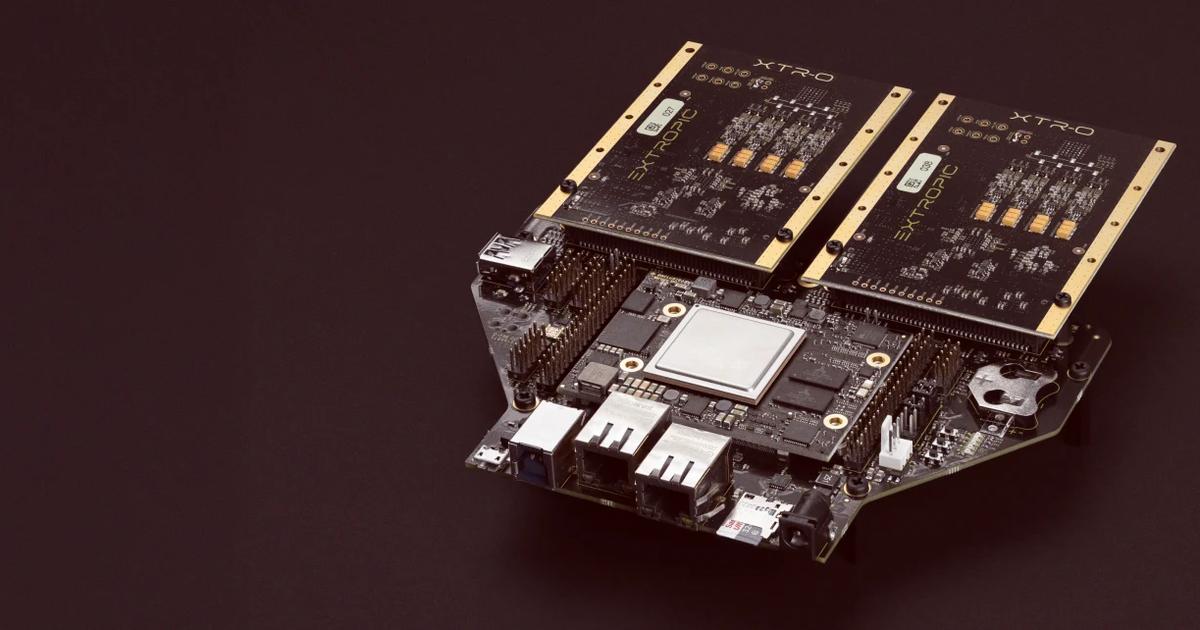
XTR-0 is the first way Extropic chips will be integrated with conventional computers. We intend to build more advanced systems around future TSUs that allow them to more easily integrate with conventional AI accelerators like GPUs. This could take the form of something simple like a PCIe card, or could in principle be as complicated as building a single chip that contains both a GPU and a TSU.
X0 houses a family of circuits that generate samples from primitive probability distributions. Our future chips will combine millions of these probabilistic circuits to run EBMs efficiently.
The probabilistic circuits on X0 output random continuous-time voltage signals. Repeatedly observing the signals (waiting sufficiently long between observations) allows a user to generate approximately independent samples from the distribution embodied by the circuit. These circuits are used to generate the random output voltage, making them much more energy efficient than their counterparts on deterministic digital computers.